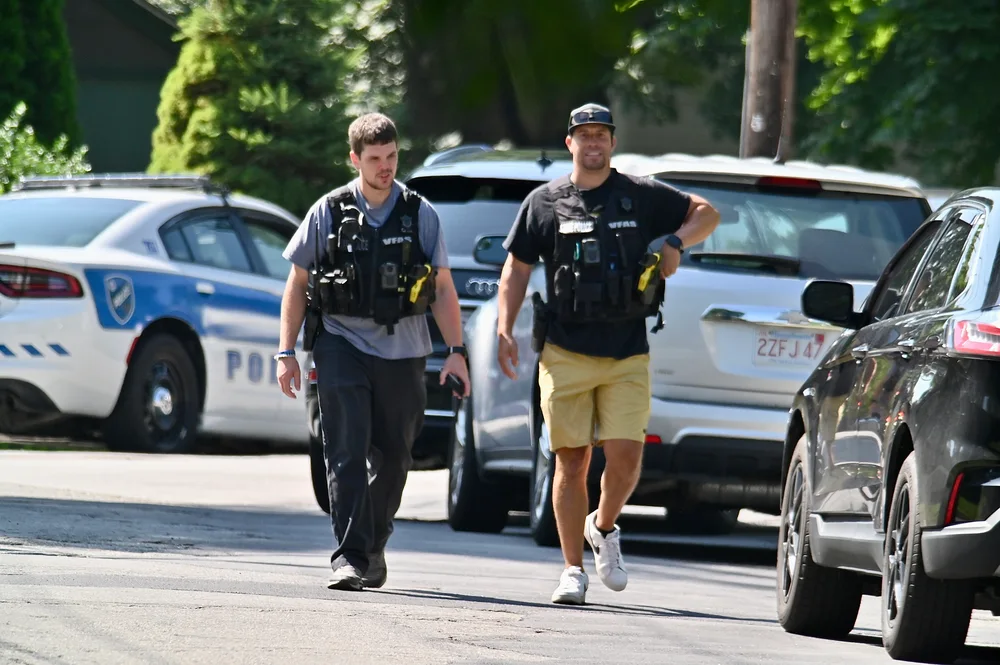What Can We Learn from the Worcester Shooting and Standoff Incident About Domestic Violence and Its Impact on Society?
What Factors Contribute to Domestic Violence, and How Can We Address Them to Prevent Tragedies Like the Worcester Shooting and Standoff Incident?
How Can We Support Victims and Their Families and Promote Healthy Relationships to Address the Devastating Impact of Domestic Violence on Society?
Colby Avenue Worcester shooting
On July 7, 2023, a tragic shooting incident in Worcester, Massachusetts, left several family members injured and a man barricaded in his house. The standoff between the suspect and law enforcement lasted for several hours, causing immense distress to the neighborhood and the city. This incident highlights the devastating impact of domestic violence on families and society as a whole. In this article, we will explore the Worcester shooting and standoff case study, the factors that drive domestic violence, and the impact of domestic violence on family members and society.
Understanding the Impact of Domestic Violence on Family Members and Society: A Case Study of the Worcester Shooting and Standoff Incident.
On July 7, 2023, Worcester police responded to a domestic violence call at a house on Colby Avenue. When the officers arrived, they found several family members injured, and the suspect had barricaded himself in the house. The suspect, identified as John Smith, had allegedly shot at family members and fired at the responding officers. The standoff between the suspect and law enforcement lasted for several hours, causing the closure of Colby and Trinity Avenues and the evacuation of nearby residents. The incident ended with the suspect taken into custody and charged with multiple counts of attempted murder, assault with a deadly weapon, and other charges.
Factors that Drive Domestic Violence:
Domestic violence is a complex issue that affects millions of families worldwide. Several factors can contribute to domestic violence, including:
1. Power and Control: One of the primary factors that drive domestic violence is the abuser’s need for power and control over their partner or family members. The abuser may use physical violence, emotional abuse, or economic control to maintain power and control over their victim.
2. Trauma and Mental Health: Many abusers have experienced trauma or have mental health issues that contribute to their violent behavior. Trauma can affect a person’s ability to regulate their emotions and respond appropriately to stressors, leading to violent outbursts.
3. Substance Abuse: Substance abuse, such as drugs and alcohol, can exacerbate violent behavior and increase the risk of domestic violence.
4. Cultural and Social Norms: Cultural and social norms that condone violence against women and children can contribute to domestic violence. These norms may include beliefs that men are entitled to dominate women or that violence is an acceptable way to resolve conflicts.
Impact of Domestic Violence on Family Members and Society:
Domestic violence can have a devastating impact on family members and society as a whole. The impact includes:
1. Physical and Emotional Harm: Domestic violence can cause physical injuries, including bruises, broken bones, and even death. It can also cause emotional harm, including trauma, anxiety, depression, and low self-esteem.
2. Financial Consequences: Domestic violence can have significant financial consequences for victims and their families. It can result in lost wages, medical bills, and legal fees.
3. Social Isolation: Domestic violence can lead to social isolation, as victims may feel ashamed or embarrassed to seek help or tell anyone about the abuse.
4. Inter-generational Transmission: Children who witness or experience domestic violence are at increased risk of becoming victims or perpetrators of violence in their adult lives.
Conclusion:
The Worcester shooting and standoff incident is a tragic reminder of the devastating impact of domestic violence on families and society.
Domestic violence is a complex issue that requires a multi-faceted approach to prevention and intervention. This approach should include raising awareness of domestic violence, providing access to support services for victims and their families, and promoting healthy relationship skills. By working together, we can create a safer and more equitable society for all.
